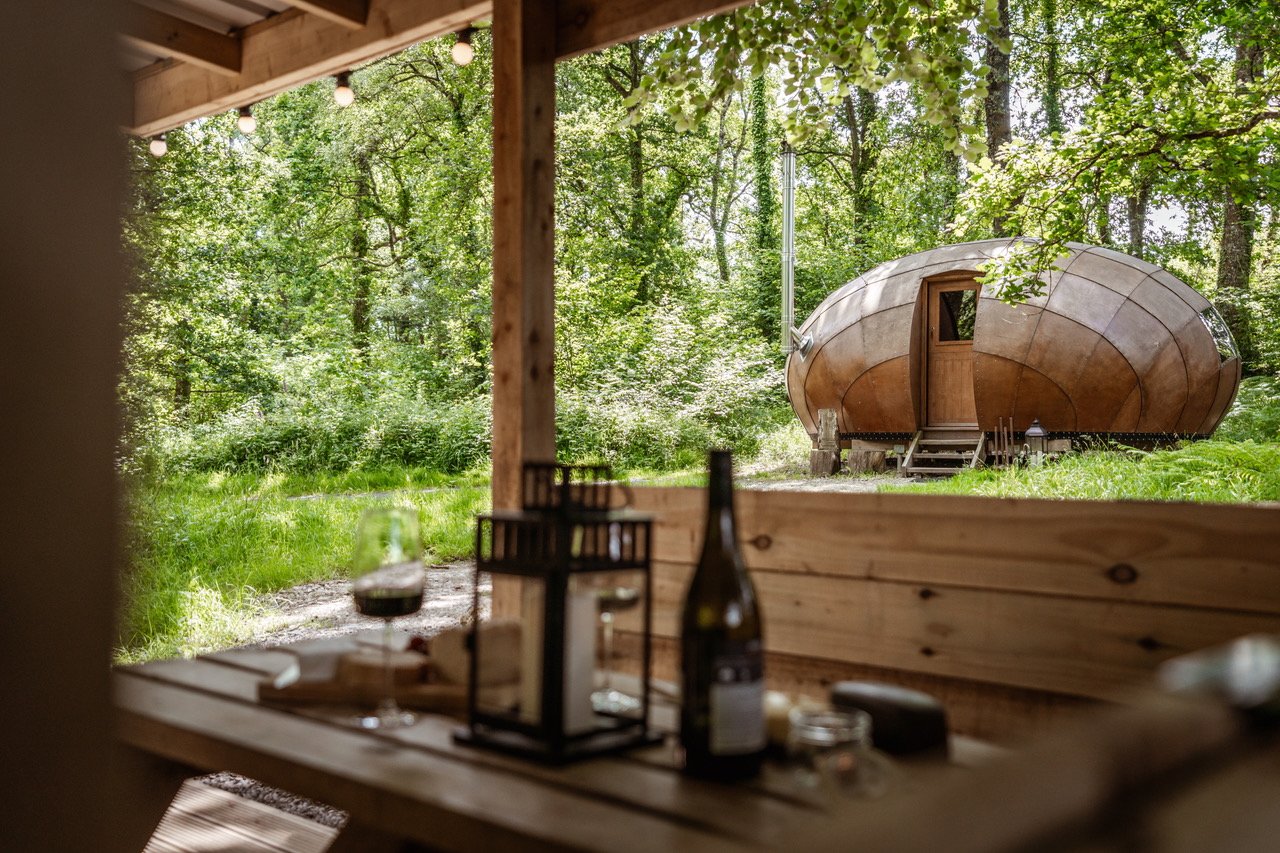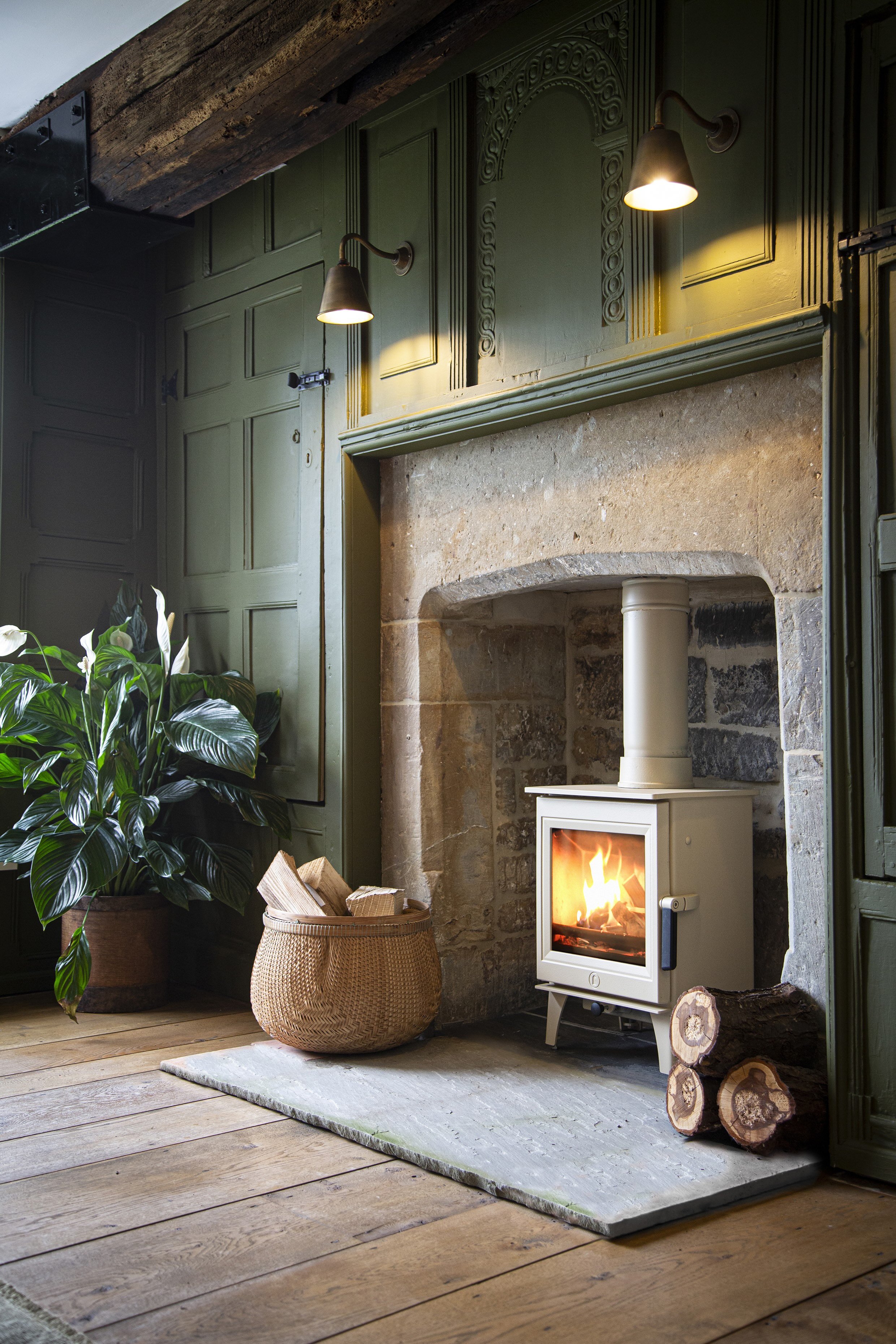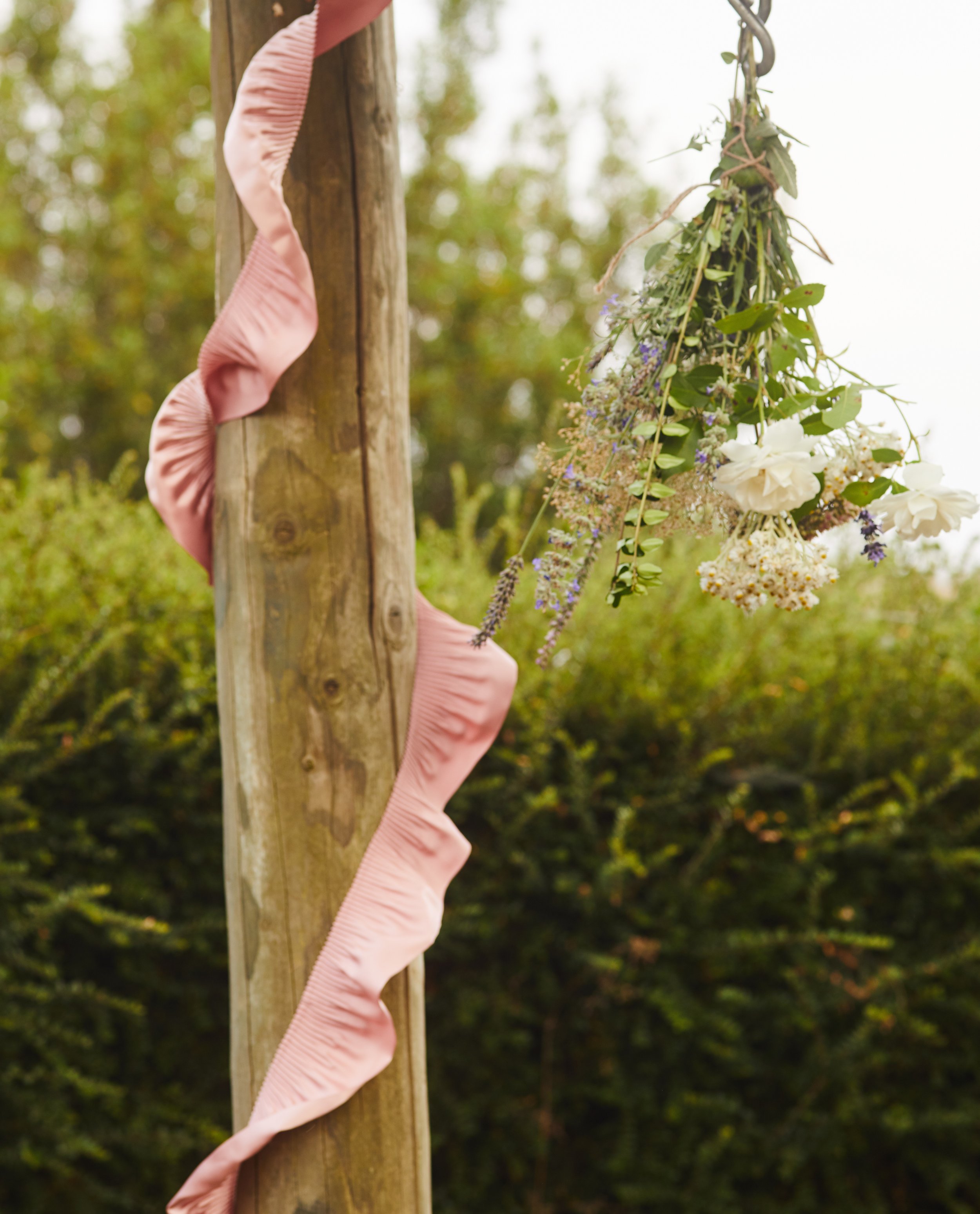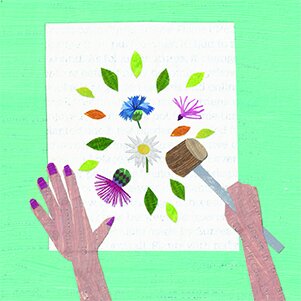Have home-grown flowers in time for Christmas by forcing bulbs during Autumn’s darker evenings
Winter is a tricky time of year to decorate your home with anything other than berries and greenery (gorgeous as they are). Poinsettias and Christmas cacti might have their place – though this is debatable in our house – but if you’d prefer something a little less red and less dated – plant a group of bulbs that, given the right conditions and a little TLC, are guaranteed to bring style and scent to the festivities.
Narcissi, hyacinth, amaryllis and muscari bulbs are relatively quick to flower, but you do have to get your timings right to ensure they put on a show over the festive period.
When to plant
Unlike many gardening techniques, forcing bulbs – providing the right conditions for them to grow and flower – is an exact science. Hyacinths, for example, need different lengths of time to flower depending on the cultivar. Hyacinth ‘Anna Marie’, for example, requires eight weeks in cool conditions, followed by 18 days inside to bloom: plant on 12 October for them to flower on Christmas Day, or on the 19 October for a New Year’s Day display.
According to the RHS, ‘good quality’ daffodil bulbs will flower in six to 10weeks, and amaryllis (hippeastrum) in 10 weeks. So again, mid- October is about right to get a festive display.
How to plant
Hyacinths, amaryllis and daffodils can be grown in bulb-fibre, which is available from all garden centres or nurseries. Make sure you buy hyacinth bulbs that are labelled ‘prepared’.
1. Layer some bulb fibre in the bottom of a bowl or pot and water it. If the container doesn’t have drainage holes, pour excess water out a short while after each watering to prevent the roots sitting in too much moisture.
2. Place the bulbs in any arrangement you’d like, just make sure they aren’t touching each other or the sides of the container. Add more bulb fibre around the bulbs, leaving the bulb tops showing and a gap of about 5cm from the top of the container to make it easier to water.
3. Put planted hyacinth and amaryllis bulbs in a black polythene bag and leave them in a dark, cool spot (ideally 9C) like a shed or garage. The idea is to trick the bulbs into thinking it’s winter so they will start flowering when they are brought out into the light of a false spring.
4. Keep an eye on them and water if the bulb fibre looks as though it’s drying out. If you’re growing narcissus, choose bulbs that are intended as indoor plants and, after planting in bulb fibre, leave them on a warm, sunny windowsill as they don’t need the dark to encourage them to flower. Grape hyacinths, such as Muscari aucheri, ‘Blue Magic’, can be treated in the same way and will flower in just six to eight weeks.
5. Bring them in from the cold. Once your bulbs have shoots of about 5cm long, bring your pots indoors, or away from the windowsill. Encourage the leaves to turn green by placing the bulbs in a cool room, away from direct sunlight. Next, move the bulbs to a window where it should be a little warmer but avoid placing next to a radiator or in a draught as this will damage the bulbs. You might need to slow down the growing process if leaves appear more quickly than the buds. Place them in a cool spot again and cover them up for a few days, checking daily to ensure the leaves aren’t turning pale.
Alternatively, you can also grow hyacinths in vases, which need to be slightly larger than the bulb size so you can fill the vessel with water right to the top, and sit the bulb in the neck of the vase. Once the roots and shoots have started to develop, treat them the same way you would if growing in bulb fibre.
Buy this month's The Simple Things - buy, download or subscribe







